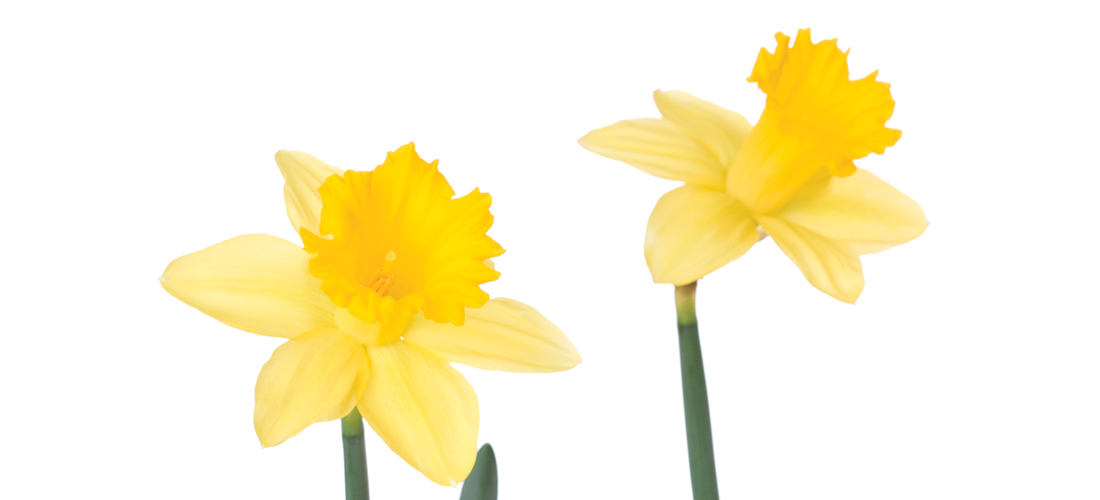’twixt Heaven and Earth
By Jim Dodson
It’s Sunday morning in the
kitchen, two hours before the sunrise.
A welcome silence fills the house, and at this hour I often hear a still, small voice that may indeed belong to God but is more often than not the mewing of young Boo Radley, eager to be let out in order to roam the neighboring yards.
On the other side of the door sits old Rufus, balancing a universe, home from his nighttime prowlings, the crankiest cat of the known world, complaining to be let in and fed. The noisy one comes in, the quiet one slips out.
I am a butler to cats.
On the plus side, Sunday morning lies like a starry quilt over the neighborhood at this hour. A thin quarter moon hangs on the western horizon like a paper moon in a school play and Venus shines like a jewel in an Ethiop’s ear. Somewhere, miles away, a train rumbles by, a reminder of a world that is always going somewhere. But luckily I am here on Earth, a Sunday man beneath a hooked moon, for the moment going nowhere except the end of his driveway to fetch the Sunday paper for reading over the week.
Back inside, I sit for spell with my first coffee, reading one of what I call my Sunday morning books that run the gamut from the sonnets of Shakespeare to the essays of Wendell Berry, from Barbara Brown Taylor to Pierre Teilhard De Chardin — with a dash of Billy Collins and Mary Oliver for proper spiritual seasoning.
This particular Sunday is a gem long out of print, one man’s memoir of spiritual rejuvenation first published the year I was born, the story of a successful big-city writer who was forced by reasons of health and age to return to the small Wisconsin town of his birth. There he built a big house on ancestral land but initially struggled to find his place on the ground.
“A man, faced with the peculiar loneliness of where he doesn’t want to be,” writes Edward Harris Heth in My Life on Earth, “is apt to find himself driving along the narrow, twisting country roads, day or night, alone, brooding about the tricks life can play.”
Life is lived by degrees. Little by little, the author’s lonely drives along country roads yield a remarkable transformation of the angry city man. Heth gets to know — and admire — the eccentric carpenter who builds his house. He drops by a church supper and meets his neighbors, including the quirky Litten sisters “who play a mean game of canasta,” know all the village pump gossip “and have an Old Testament talent for disaster.” The ancient Litten girls both feed and inspire him to broader exploration.
His neighbor Bud Devere, a young and burly farmer who always shows up uninvited just to chat, insists that Heth see the Willow Road.
“I did not want to see what Bud saw. But the reluctance began fading away in me, that first time we went down the Willow Road. It covers scarcely more than a mile, but in that mile you can cover a thousand miles.” Traveling along it, the author sees spring wildflowers, undisturbed forests, a charming farmhouse with narcissus and hyacinth in bloom. He feels his pulse slow, and something akin to simple pleasure takes root.
“Bud kept silent. He wanted me to open my own eyes. . . . Since then, I’ve learned how many country people know and enjoy this art of the small scene and event, the birth of a calf, a remembered spot, the tumultuous labor and excitement of feeding the threshers, who come like locusts and swarm for a day over your farm and disappear again at night, the annual Welsh singing competition in the village — these are the great and proper events of a lifetime.”
Funny thing is, I have no idea how this little book, something of a surprise bestseller when it first appeared in 1953, got into my bookshelf, and now into my soul. It just magically appeared, a gift from the gods or perhaps a wise friend who knew I might discover it
Now the sun is up and so are the dogs. I am a butler to them, too. Despite a late frost, birds are singing and there is a new angle to the light — not to mention the first green tufts of daffodils rising like green fingers from the Earth.
Anticipating their Sunday walk, of course, the dogs think every day is the first day of spring. Mulligan, a black, flat-haired retriever I found as a pup a decade ago running wild along a busy highway, trots ahead off the lead, our tiny pack’s alpha girl, while Ajax — whom I call Junior — a golden retriever far too good-looking for his own good — lumbers along toting his own lead, deeply impressed with himself.
The neighborhood is old, with massive hardwoods arching like cathedral beams overhead. A man in his bathrobe steps out and shuffles hurriedly to the end of his sidewalk to fetch his Sunday morning paper. He gives a quick wave, bobbing a neighborly head, and hurries back inside to read.
The news of the world can wait. Because it never really changes, a story as old as cabbages and kings. Besides, we are briefly off the clock of the world all of Sunday, footloose upon the Earth, officially out of range, in search of an earthier divinity. Truthfully, I’m a bit sad to see winter’s cold and prospects of snow give way to the advance of daffodils. I am a winter’s boy, after all, but happy for a wife who is an endless summer girl dreaming of white lilacs in bloom.
“What is divinity,” asked Wallace Stevens in his lovely poem Sunday Morning
“if it can come
Only in silent shadows and in dreams?
Shall she not find in comforts of the sun,
In pungent fruit and bright, green wings, or else
In any balm or beauty of the earth,
Things to be cherished like the thought of heaven?
Divinity must live within herself:
Passions of rain, or moods in falling snow;
Grievings in loneliness, or unsubdued
Elations when the forest blooms; gusty
Emotions on wet roads on autumn nights;
All pleasures and all pains, remembering
The bough of summer and the winter branch,
These are the measures destined for her soul.”
By the time we reach the park, Lady Summer Bough and Lord Winter Branch, the strengthening sun has melted away the year’s final frost. Across the way stands an ancient oak I peddled by a half a million times as a kid on his way to the ball field; it looks like a lighted candelabra, limned with golden morning sun.
Funny how I only recently noticed this.
It is middle Sunday morning at church, our usual pew back right. The young preacher is named Greg. Not long ago we attended his ordination as a priest. My cheeky wife thinks Greg is almost too good-looking to be a priest. Lots of women in the parish seem to share this view.
The gist of his Sunday sermon is the need to look with fresh eyes upon Matthew’s Beatitudes. But the true strength of his Sunday morning message lies in the suggestion that we all should aspire to become our true selves and Christian mystics: “Don’t be scared by that word mystic. It simply means someone who has gone from an intellectual belief system to actual inner experience.” The journey from head to the heart, Greg says, means we are called to be mystics — to chuck rules-based, belief-system Christianity in favor of something far more intimate and organic as the Earth around us.
To coax the point home, he mentions Franciscan friar Richard Rohr’s observation that religion is largely filled with people who are afraid of Hell, and spirituality is for people who have gone through hell.
And with spring on the Sunday doorstep, Father Greg provides the perfect metaphor directly from renewing nature — the mystery of how a caterpillar becomes a butterfly, how becoming our true selves is not unlike the chrysalis that must crack open in order for the butterfly’s wings to gain strength and allow it to fly.
“And as we struggle,” notes the bright new associate rector, “it breeds compassion within our hearts. Just as the butterfly pressed fluid into its wings, our struggle enables compassion to flow through our bodies, a compassion that allows us to empathize with the suffering of others.”
I’ll admit I am a Sunday man who digs a good sermon. And this was a mighty thoughtful one. Young Greg is off to an excellent start, even if — like Junior — he is a tad too good-looking.
Speaking of digging, after a Chicago-style hotdog, I’m home for full Sunday afternoon working in my new garden, digging in the soil and delving in the soul.
Having pulled down an old pergola and cleaned out a handsome brick planter long overgrown with ivy, I lose complete track of time in the backyard planting Blue Angel hostas and a pair of broadleaf hydrangeas, repairing and raising a much-loved birdfeeder, hanging chimes high in a red oak and transplanting ostrich ferns. If one is closer to God’s heart in a garden, then perhaps I am a backyard mystic with dirty hands.
By Sunday sundown, my knees are aching but the healing is real. Renewed for a week of cabbages and kings, we settle down with the Sunday paper and a bit of Netflix before bed, though I tend to doze off halfway through the program.
Old Rufus goes out; Boo Radley comes in. The dogs follow us to bed. For some reason I seem to sleep so well on Sunday nights. PS
Contact Editor Jim Dodson at jim@thepilot.com



